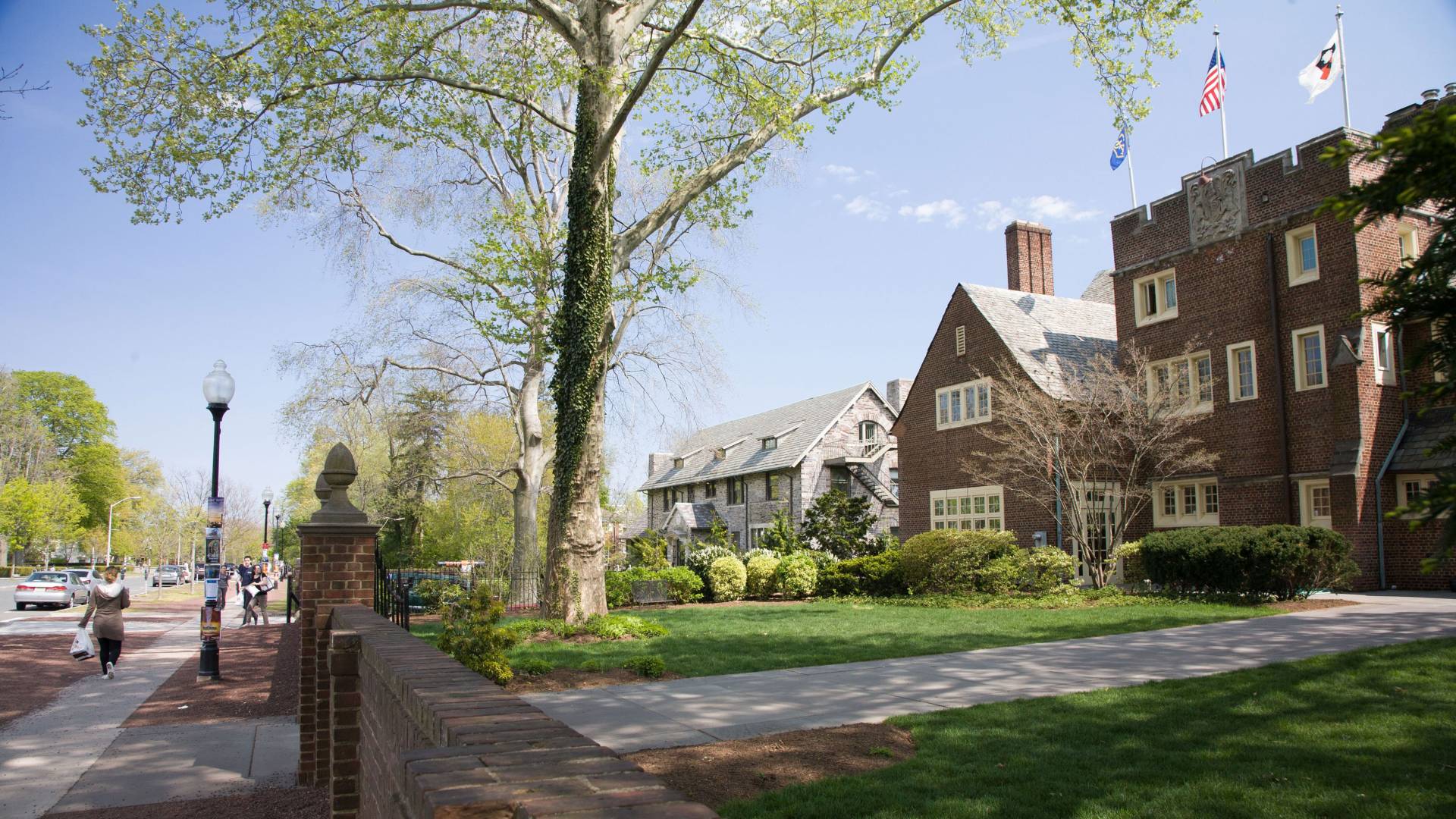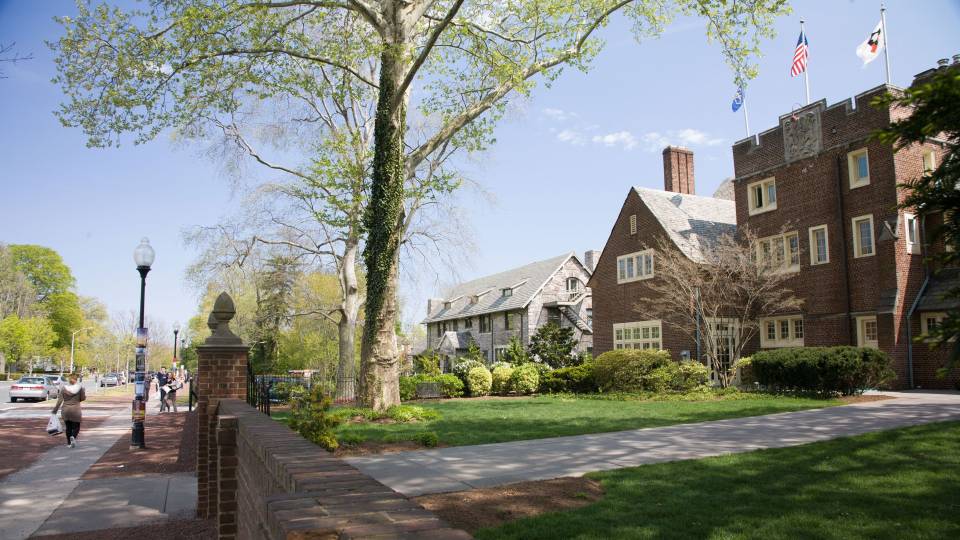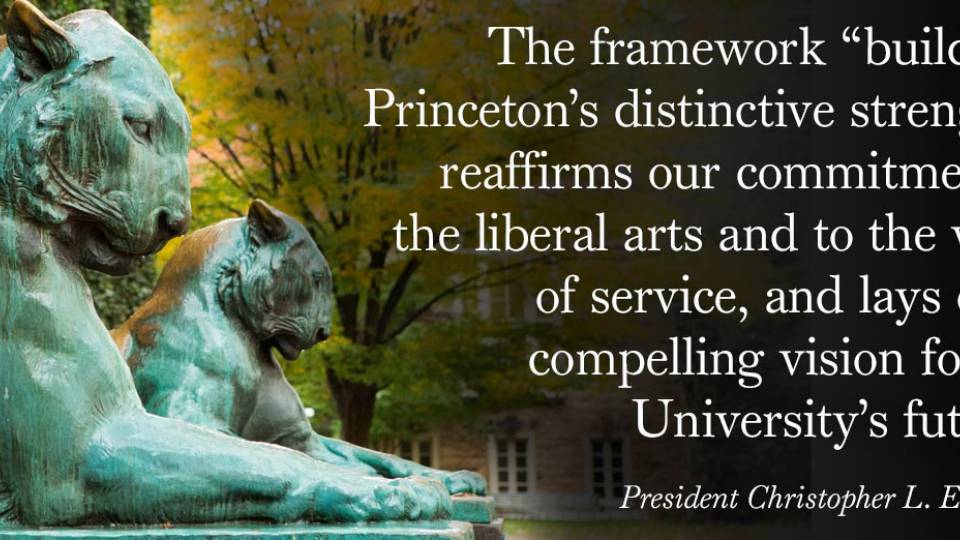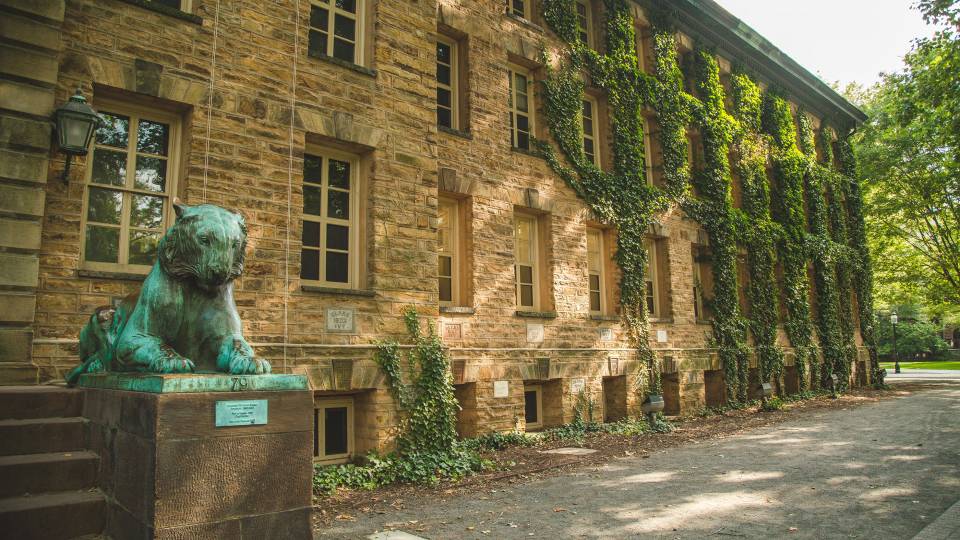Princeton's eating clubs are located along Prospect Avenue.
A new task force has assembled to continue work on the relationships between the University and the 11 eating clubs, building on progress over the last seven years since a task force under the same name convened and made recommendations.
Princeton staff, students and alumni have been appointed to the task force, which began meeting in November. The Task Force on the Relationships between the University and the Eating Clubs is chaired by Vice President for Campus Life W. Rochelle Calhoun and will submit its recommendations this spring.
The charge to the 2009-2010 task force was to "examine whether there are steps that can and should be taken to strengthen those relationships for the mutual benefit of the clubs and the University, and for the benefit of students and the undergraduate experience."
The new task force is charged with:
•Reviewing the outcomes that stemmed from the recommendations of the 2009-2010 task force to determine if particular recommendations require further attention and/or different responses.
•Considering additional steps to ensure that the clubs are inclusive, that they contribute in positive ways to the undergraduate student experience, and that their memberships reflect the increasingly diverse student body.
• Identifying how the eating clubs might help to achieve the University's long-term goals for the undergraduate experience, especially as they relate to dining, co-curricular activities and creating community.
Since the first task force issued its report in May 2010, the demographics of the student body have changed substantially. For example, 22 percent of the Class of 2021 is eligible for Pell grants for low-income students compared with 7 percent in the Class of 2008.
In addition, the University has announced a strategic framework that highlights priorities such as expanding the undergraduate student body and enhancing residential life. Calhoun noted that with this new framework and changing landscape in mind, it is an opportune time to re-examine the relationship between the University and the eating clubs.



